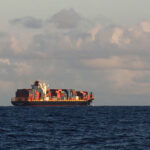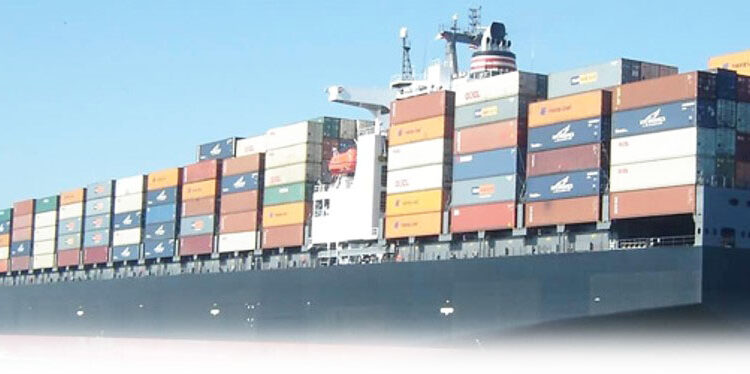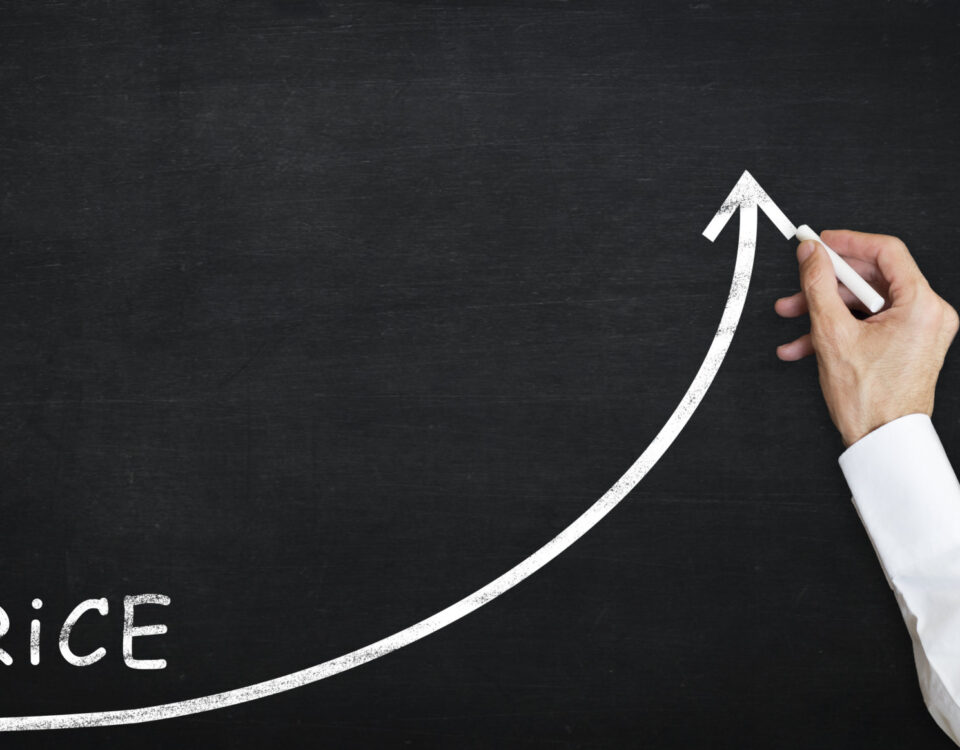
Sea freight rates at record high
16.05.2025
More and more ships are avoiding the Red Sea
16.05.2025Sea Freight Flash: Slots for the Highest Bidder
Conditions in container shipping are becoming increasingly stressful for customers: in Asia, massive container and slot bottlenecks and steeply rising rates – in Europe, empty containers and cargo space are plentiful, but bottlenecks and long waiting times at the terminals are also present.
Port of Shanghai: Freight rates on the route between Shanghai and Rotterdam rose by 12 percent last week compared to the previous week, to USD 4,172/FEU. (Photo: iStock)
May 21, 2024 (updated on May 21, 2024, 1:05 p.m.) | by Michael Hollmann
Freight rates for shipments from the Far East to Europe and also to North America continued their upward trend shortly before Pentecost. Following further tariff increases (GRI) by carriers mid-month, the Shanghai Index (SCFI) rose further by 9 percent to just over 2,520 points on Friday (May 17). It now exceeds the previous annual high of mid-January by more than 10 percent.
According to the SCFI, rates for bookings from the Far East to Northern Europe climbed by 6 percent to USD 3,050/TEU. The World Container Index (WCI), on the other hand, recorded a 12 percent jump in the price for loading a 40-foot container from Shanghai to Rotterdam, to USD 4,172/FEU.
Freight forwarding circles report that the indices are lagging behind market developments. According to them, hefty premiums are already being paid for prompt shipments in two to three weeks – over USD 6,000/FEU have already been recorded, according to a Hamburg freight forwarder. Rate formation is slowly taking on a structure similar to that seen during the pandemic. Although departures from the Far East to Europe are officially booked for weeks, carriers are still making equipment and storage available here and there, offering them at “premium rates,” it is reported. Even then, customers would have to hurry and send their truckers to the Chinese depots as soon as operations begin – otherwise, the containers could be snatched away from under their noses.
According to Flexport, the bottlenecks led to a further increase in average transit times in Far East-Europe traffic from factory/warehouse to pickup at the receiving port, to 62 days last week.
Farm rates in the Far East saw even larger jumps in the transpacific trade last week. According to SCFI, bookings from Shanghai to the US West Coast rose by almost 15 percent to $5,025/FEU, and from Shanghai to the US East Coast by 8 percent to $6,026/FEU. Unlike in Europe, import demand in the US is growing strongly again. The National Retail Federation (NRF) expects peaks of over 2 million TEU per month for loaded import containers in the coming months. Against this backdrop, carriers continue to push through rate increases of $1,000 to $2,000/FEU every two weeks.
The situation in Western Europe is completely different.
So much empty equipment is piling up in the container depots along the North Range that the lines may soon be chartering ships solely for the return to China, shipbrokers report. The supply for exporters is so large that freight rates for shipments to the Far East are plummeting. “This is going back to previous lows,” said one freight forwarder.
Indices still show rates of $500 to $600/FEU for bookings from Northern Europe to the Far East, but in many cases, the actual level is said to be less than half that. Nevertheless, exporters have only limited reason to celebrate. This is because dumping rates for freight are increasingly being more than offset by higher trucking and storage costs.
For example, the situation at the terminals in Hamburg and Rotterdam has deteriorated in the short term due to a concentration of ship arrivals, infrastructure bottlenecks, and productivity problems. At the Eurogate terminal and also at Burchardkai, where a new terminal control system is being introduced, waiting times for trucks and trains rose sharply in the first half of the month, local service providers complain.
Large container trucking companies are said to have informed their customers of significant price increases for tours to the Hamburg terminals because the costs due to waiting times are getting out of control. Terminal operator HHLA told DVZ that the situation has already eased. “Currently, operations at Burchardkai are stable across all modes of transport,” a spokeswoman said on Friday. (cs)



